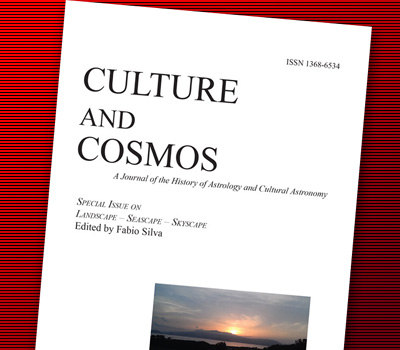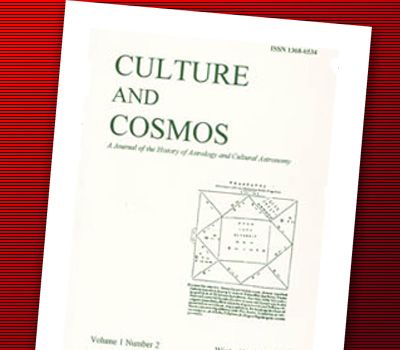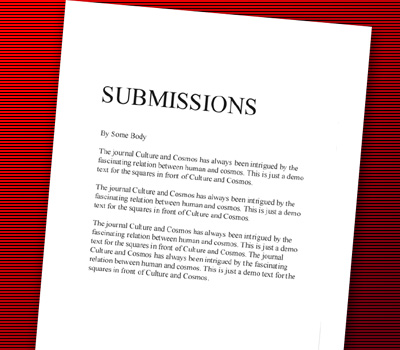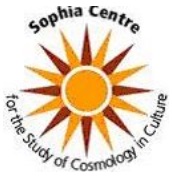We are currently seeking submissions for future volumes of Culture and Cosmos.
Volume 19
Alchemy and the Transgendering of Mercury
M. E. Warlick
Abstract
Within late medieval alchemical texts, Latin authors adopted both classical and Arabic concepts of physical matter. They assumed that metals were composed of two polarized substances - hot, dry and masculine Philosophic Sulphur, and cool, wet and feminine Philosophic Mercury - whose 'Chemical Wedding' within the laboratory produced the Philosophers' Stone. As visual illustrations developed in alchemical manuscripts and early printed books from the late fourteenth century onward, artists represented these substances with a variety of male and female characters, with Philosophic Mercury almost always depicted as a woman. At the same time, the planet Mercury, which oversaw the ripening of the metal Quicksilver within the earth, also played an important role within alchemical illustrations. This paper will examine how artists navigated this confusion by examining gendered images of the philosophical concept Mercury, the metal Mercury, and the planet Mercury, in light of shifting attitudes towards women in early modern science.
Citation: M. E. Warlick,'Alchemy and the Transgendering of Mercury', Celestial Magic, special issue of Culture and Cosmos, Vol. 19, nos. 1 and 2, 2015, pp. 99-113.









